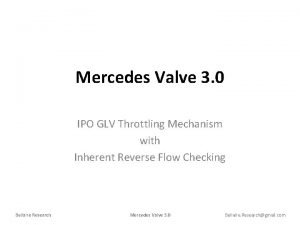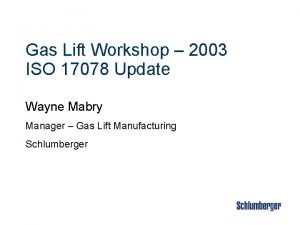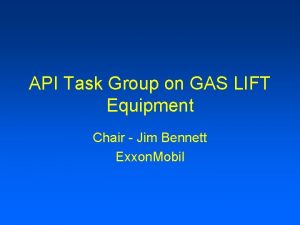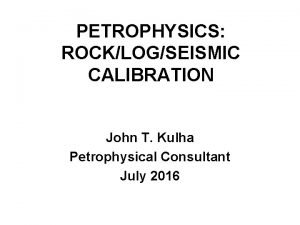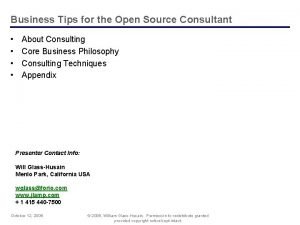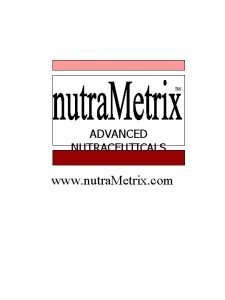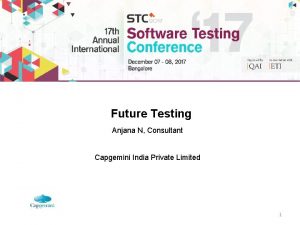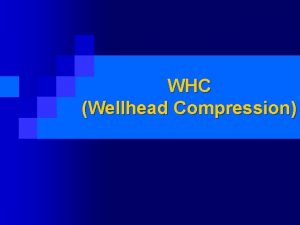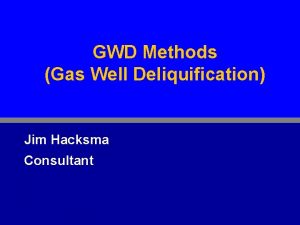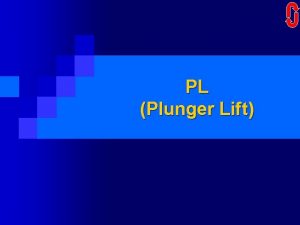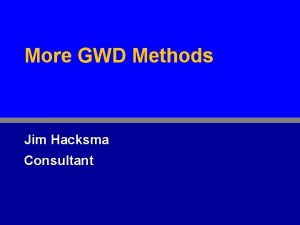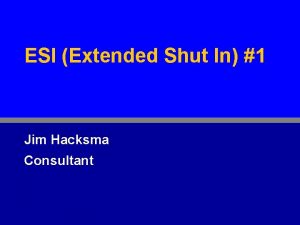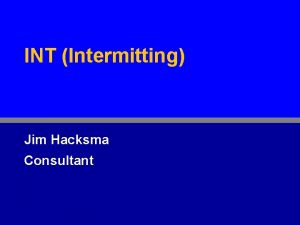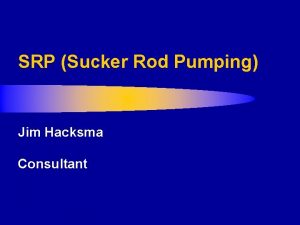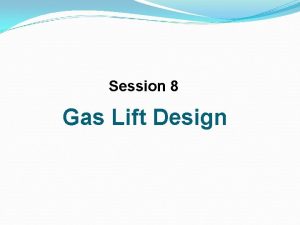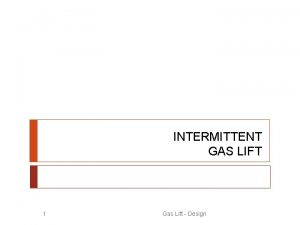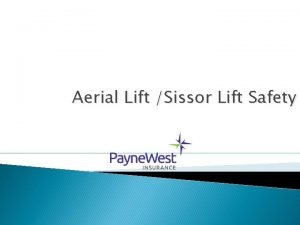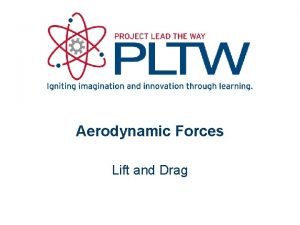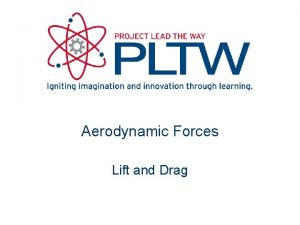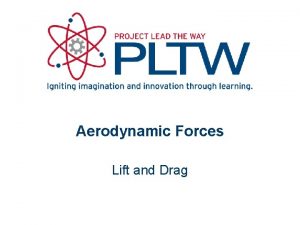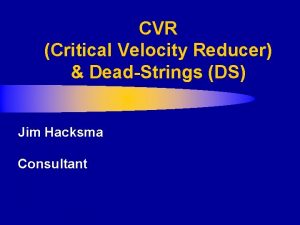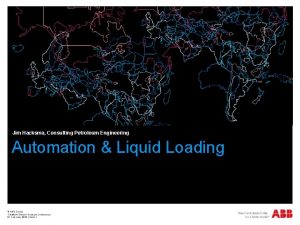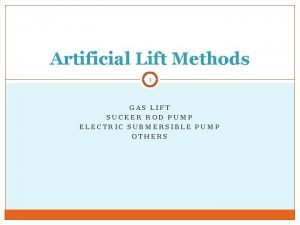GL Gas Lift Jim Hacksma Consultant Gas Lift



















- Slides: 19

GL (Gas Lift) Jim Hacksma Consultant

Gas Lift q This discussion is limited to “continuous” GL Ø Will not be covering intermittent GL Ø Will not be covering chamber lift Jim Hacksma 2

Gas Lift q From a purely technical standpoint, GL should be an obvious solution for LL Ø If flow falls below critical, begin injecting gas Ø As the well declines, inject more gas Ø Even if flow falls nearly to “ 0”, still no problem Injected gas by itself can carry liquid to the surface ü Thus, a permanent solution for liquid loading ü q Most q One closely resembles natural flow of the most versatile GWD methods Jim Hacksma 3

Advantages of GL Over SRP For gas-lift; q Gas is no problem ►GL “likes” gas ►The more gas produced, the better Ø Due to gas interference, SRP becomes inefficient when GLR exceeds 500 scf/bbl q Handles q Works Ø SRP q Not solids/sand better in deviated/horizontal wells has severe problems in such wells impacted as greatly by slugging (horizontal) Jim Hacksma 4

GL vs SRP q Which offers the lower PBHP (producing bottom -hole pressure)? Ø When ü liquid volumes are higher SRP Ø When liquid volumes are lower GL can sometimes achieve a lower PBHP than SRP ü These conditions (very low liquid + considerable gas) are troublesome for SRP ü Jim Hacksma 5

Changes in GL q GL has continued to change / evolve / improve q Possibly the biggest reason for change has been the length of perf intervals Ø In ü the past; Perf intervals were thin ►Packer was set just above perfs ►And, lift point (bottom valve) was just above the packer Ø Now; ü Perf intervals are thicker ►Packer still set just above perfs ►But, now methods have been developed for lifting from below the packer Jim Hacksma 6

Lifting from Below Packers q Two of the better known versions are; Ø Perf. Lift Schlumberger Ø Xtra. Lift Weatherford q But, there are many other variations from other GL vendors Ø Check Ø See with several vendors what they have to offer q Caution: Small casing limits how far below the packer Jim Hacksma 7

GL Design for Oil Wells vs GL Design for Gas Wells Jim Hacksma 8

GL Design for Oil & Gas Wells Oil Wells Gas Wells Often water drive Reservoir Solution gas drive Water drive support Reservoir Pressure Fast decline Top down Valve Design Bottom up (pkr perfs) Higher Liquid Rates Lower Higher PI Lower (tighter) Thinner intervals Perforations Thicker intervals Rare One Well Systems Common Most are similar Design Methods Quite varied Lower (1000: 1) GLR Extremely high Not considered Critical Rate At heart of design Relatively heavy Flowing Gradient Very light Low (initially) Water % Often high From Table 11 -2 in “Gas Well Deliquification – 2 nd Ed” Jim Hacksma 9

Design of Gas-Lift q For oil wells: Ø Critical Ø Goal is to lighten flowing gradient Ø Usually q For rate never enters into design multi-well systems gas wells: Ø Critical Ø Goal May be most important difference rate is the first thought is to create critical flow in tubing Ø Often one-well systems Ø Thus, design methods can differ ►Resultant designs can differ Jim Hacksma 10

Valve Design/Operation q In both oil & gas wells: Ø Bottom q In “valve” is often nothing more than an orifice gas wells: Ø Usually Ø All shallower valves are closed during normal ops Ø During q In unload down to bottom orifice normal ops, all gas passes thru bottom orifice oil wells: Ø May ØA not unload down to bottom orifice shallower valve may remain open & operating Jim Hacksma 11

Multi-Well GL Systems Multi-well designs typically used for oil wells q Must deliver HP gas to every well q Cannot let any single well consume too much gas q Each well is designed to be a container ØA container of HP gas Ø Container is the annulus above the packer Ø Container has only a small leak in it ►The orifice Ø Gas can escape from the container only at low rate ü Escape the container into the tubing Ø Pressure can easily be maintained within container Ø HP gas remains available for other wells Jim Hacksma 12

One-Well GL Systems One-well designs typically used for gas wells q No other wells on system q No need to maintain HP for other wells q Once unloaded, OK for pressure to drop in this well q No need for a container (of HP gas) Ø No need for an orifice ►Could instead use a perf sub Ø Maybe even no need for a packer Ø OK for gas to easily escape annulus into tubing Ø OK if pressure drops within the annulus Ø No need to maintain HP gas for other wells Jim Hacksma 13

One-Well GL Systems (cont’d) q One has much more design freedom Ø Don’t have to worry about other wells Ø Don’t have to worry about maintaining pressure in annulus of this well ü One unloaded, it is OK if pressure drops in annulus Ø No need for an orifice No need to restrict flow from annulus into tubing ü Whatever you inject down casing will freely return up tubing ü Ø Maybe even no need for a packer Ø Maybe even no need for GL valves Jim Hacksma 14

CGC (continuous gas circulation) q CGC Ø Has ü is a special one-well GL system that; no orifice Simply open ended tubing hanging free Ø Has no packer Ø Has no GL valves Ø Has no outside source of gas Ø Can be landed near bottom of perfs q When Ø And Ø It dealing with one-well systems; no longer worrying about other wells… is surprising what can be done Jim Hacksma 15

Gas-Lift for Gas Wells q When considering GWD for a loaded gas well; Ø Consider Ø Work a one-well GL system with your GL vendor. . But, also do your own thinking ►Ask questions ü Challenge the designs you receive ü Is the orifice really necessary? ü Is the packer really necessary? ü Are the GL valves really necessary? ü Is an outside source of gas really necessary? ü Why can’t the tubing be landed near the bottom perf? ü With reliable answers, you may consider CGC ü Jim Hacksma 16

Poor-Boy Gas-Lift q What is poor-boy GL (PBGL)? Ø PBGL lacks GL valves Ø Thus, it can’t unload tall columns of liquid Unlike conventional GL (with valves) ü Unlike CGC (which relies upon an ESI) ü Ø PBGL ü requires an outside source of gas Unlike CGC (which relies upon an ESI) Jim Hacksma 17

“Assisted” Lift q Gas Ø If assisted PL you have PL (no packer & tubing hanging free) Ø And, GLR of the formation is marginal, or too low… Ø Inject ü continuously down casing Supplement formation gas Ø Inject only enough gas to achieve the needed GLR Ø Permits q Plunger Ø Use use of PL in wells with lower GLR’s assisted GL intermittent GL (not continuous) ►Add plunger Ø Reduce Jim Hacksma liquid fallback ►Reduce gas consumption 18

Questions? q Jim Hacksma q Consulting q Specialty Petroleum Engineer – Gas Well Deliquification q 832 -559 -7332 office q 281 -415 -4715 cell q 11903 Amyford Bend, Cypress, TX 77429 q Jim. Hacksma@comcast. net Jim Hacksma 19
 0 ipo
0 ipo Gas lift
Gas lift Gas lift equipment
Gas lift equipment Nous hospital consultant
Nous hospital consultant Petrophysics
Petrophysics New consultant training
New consultant training Professional indemnity insurance for an export consultant
Professional indemnity insurance for an export consultant Acat imt
Acat imt Open source consultant
Open source consultant Stuart minty camden planning consultant
Stuart minty camden planning consultant Nutraceutical consultant
Nutraceutical consultant Psychiatrist leicester
Psychiatrist leicester Sustainable tourism consultant jobs
Sustainable tourism consultant jobs Associate consultant in capgemini
Associate consultant in capgemini Threat modelling consultant
Threat modelling consultant Pearson vue pcnse
Pearson vue pcnse Consultant radiographer
Consultant radiographer Expert in consultant liaison psychiatrist
Expert in consultant liaison psychiatrist Judith james educational consultant
Judith james educational consultant Test consultant capgemini
Test consultant capgemini
